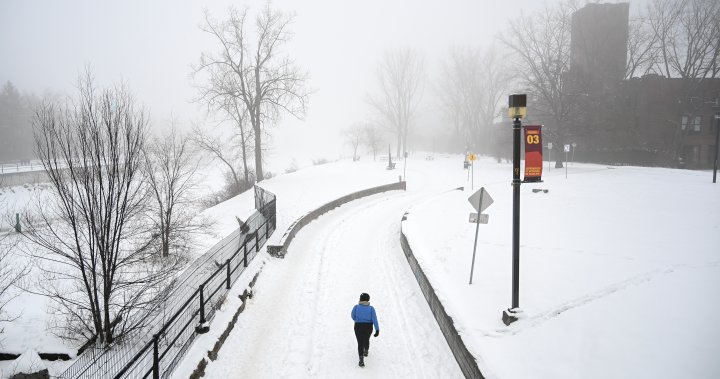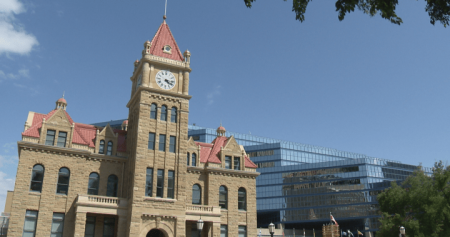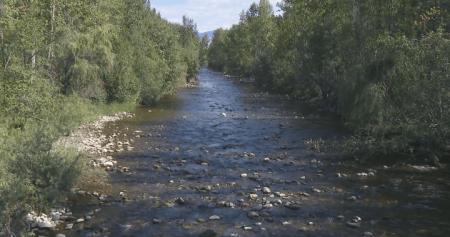The Lachine Canal in Montreal has a rich history that dates back to its opening in 1825. Built by Irish immigrants, the canal was an important link in a series of canals along the St. Lawrence River that allowed ships to navigate between the Great Lakes and the Atlantic Ocean. The canal spurred industrial development in Montreal, with factories cropping up along its banks to take advantage of hydraulic energy and convenient waste disposal. By the early 20th century, the canal was lined with factories, making it a hub for the Canadian economy. However, with the opening of the St. Lawrence Seaway in 1959, the canal became obsolete, leading to the closure of many factories and devastating working-class neighborhoods near the canal.
In 1970, the Lachine Canal permanently closed to shipping and was largely neglected for years, with some parts even being filled in. However, in 1978, Parks Canada took over the site, and the canal was designated a national historic site in 1996. Parks Canada launched a revitalization project in 1997, leading to the canal reopening for pleasure boating in 2002. Today, the canal is a popular destination for recreation, with visitors renting kayaks and pedal boats to travel its waters. Large stretches of the canal are now lined with upscale condos, reflecting the area’s rapid gentrification.
The revitalization of the Lachine Canal has brought new life to the area, attracting cyclists, joggers, and climbers to its paths and abandoned industrial sites. The revitalization has also led to the development of tech startups and social economy enterprises in place of the old factories, as the city aims to adapt to the 21st-century economy. While the gentrification of the area has been met with opposition from some community groups, the reality is that condo developers are often the only ones able to afford the costly renovation of industrial sites. Despite these changes, developers are working to preserve the heritage aspects of the canal, such as old silos and red-brick facades.
The future of the Lachine Canal remains uncertain, as the debate continues over how to preserve its heritage and character. As the area becomes more upscale and attracts a different demographic, concerns have been raised about the loss of connection to the working-class history of the neighborhood. With new condos, climbing gyms, and recreational facilities replacing the old factories, the area has undergone significant transformation over the years. The challenge moving forward will be to find a balance between preserving the canal’s historical significance and meeting the needs of a changing city.













